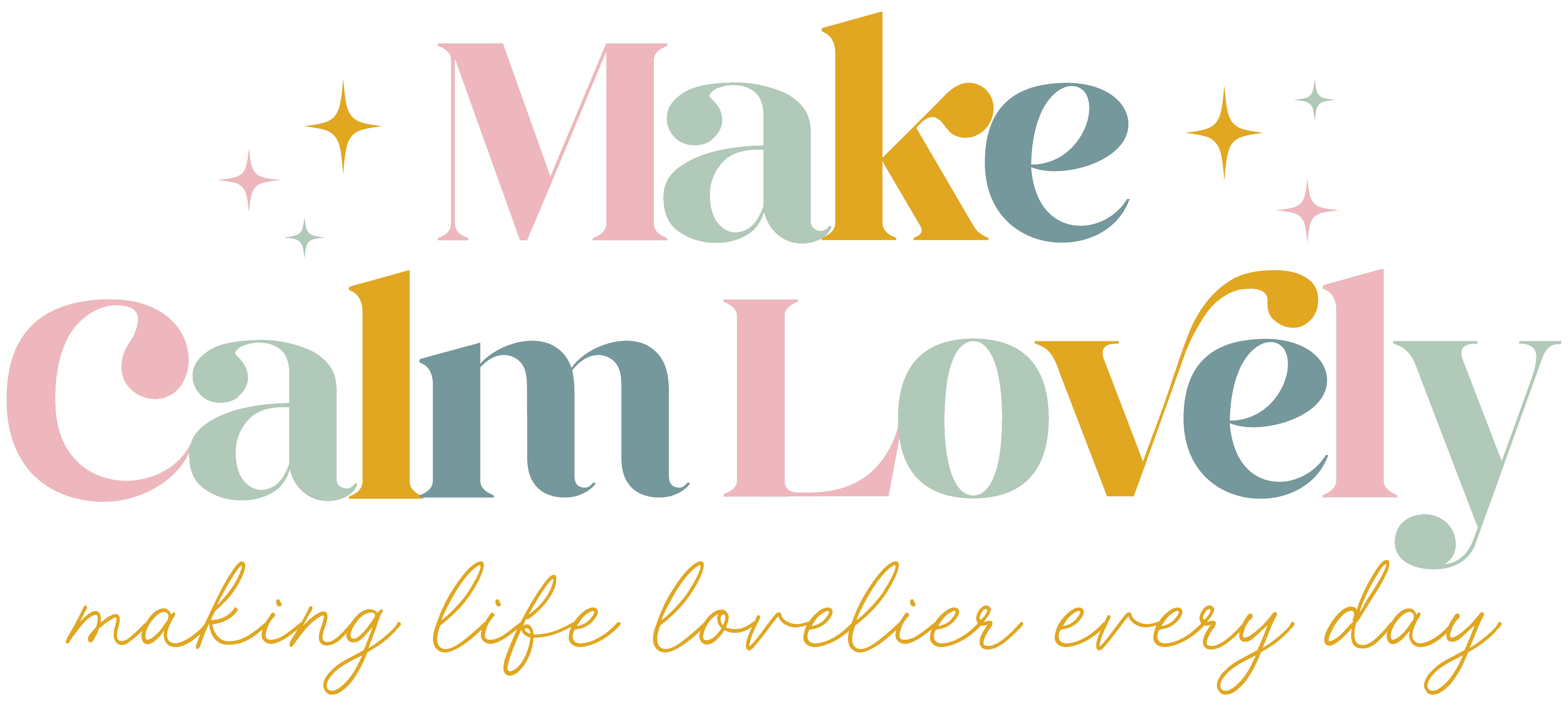How to Start a Bullet Journal (to be more Creative & Productive!)
In this post I will cover exactly what a bullet journal is, and how it can help you be more creative, and get more productive and organized in your life.
Bullet journals are very popular for planning, organizing and unleashing your creativity. So why should you start a bullet journal? What are the important parts of a bullet journal? and where can you find ideas for content, spreads and more?
Read on for all you need to know about bullet journaling!
What is a Bullet Journal?
A Bullet Journal (or BuJo) is a customizable journal/writing system that you use for whatever you want to track/record in your life. You can use it to track just one thing, or many different things.
It is great to use for organization and time management, as well as for creativity too.
You use a special bullet journal notebook for bullet journaling. Bullet journal pages have dots rather than lines on the pages, so they are very different journals to the traditional lined page, or blank page journals.
You can be as creative as you want to be with a bullet journal. You can draw in it, write it in, paste photos in it, and more!
The History of Bullet Journals
Bullet journaling was created by Ryder Carroll, a digital product designer from New York, and was introduced first in 2013 as a way to help people keep track of all kinds of things – including tasks, events, goals, and many other aspects of their lives.
Ryder Carroll developed the bullet journal system as a way to manage his attention deficit disorder (ADD) and to streamline his own personal organization process.
He wanted to create a flexible and adaptable system that allowed him to organize his tasks and thoughts in a way that made sense to him. The key idea was to use a series of simple symbols, or “bullets,” to categorize and track different types of entries in a notebook.
In 2013, Ryder Carroll introduced the bullet journal system to the public through a website and YouTube video tutorial. He explained the basic principles of the system and how anyone could start using it to manage tasks, notes, and events in a customizable way.
When you first start a bullet journal you will need to decide exactly what you will be tracking and organizing.
Depending on the job you do and your personal situation, you may decide you need to track certain things. Most people’s bullet journals are going to be unique to them.
Every page of a bullet journal is a blank canvas – ready for you to start using and to customize!
You can design the systems you want to use, the things you want to track and record, the colors you want to use – everything!
In setting up a Bullet Journal there are key parts to include:
First page – This is your bullet journal key page. This is a legend of the symbols you will be using throughout your journal, as an easy reference.
Second page – This is your bullet journal Index page. You will fill out this index page after you have created all your other pages – it is just like a table of contents.
Third page – Monthly log.
Fourth page – Breakdown of your month.
The subsequent pages are your daily log. With your daily log you will use a symbol system known as rapid logging (see the paragraph below on rapid logging and what all the symbols used are).
Your bullet journal can have many other different pages. Those are just the key pages that are present in most bullet journals.
The Key Components of a Bullet Journal
Collections: Bullet journals contain various collections or lists, which can be used for anything from to-do lists and daily logs to goal tracking, habit tracking, and brainstorming. These collections are created as needed and can be customized to suit your specific needs.
Index: An index or table of contents is used to keep track of the pages and collections in your bullet journal. As you create new pages or collections, you add them to the index with page numbers for easy reference.
Future Log: A future log is used to plan and track events and tasks that are scheduled beyond the current month. It typically covers several months or an entire year.
Monthly Log: Each month begins with a monthly log, where you can list important events, appointments, and tasks for the upcoming month. You can also create a calendar for the month if desired.
Daily Log: The daily log is where you record your tasks, events, and notes for a specific day. You can migrate incomplete tasks to future dates as needed.
Migration: This involves reviewing your tasks regularly (usually at the end of the month) and deciding whether to complete, reschedule, or delete them. Migrated tasks are moved to future logs or days.
Customization: One of the strengths of bullet journaling is its flexibility and customization. You can design your bullet journal layout, style, and content to suit your preferences and needs. Some people add artistic elements, while others prefer a minimalist approach.
Related: Why you need to use a Digital Journal
Related: How to use a Daily Planner Effectively
What to Track with a Bullet Journal
You can track just about anything with a bullet journal. This can include your health, your sleep, the water you drink, your exercise routine, your lessons for courses, your recipes – just about anything at all!
Read on for great ideas to use your Bullet Journal for!





